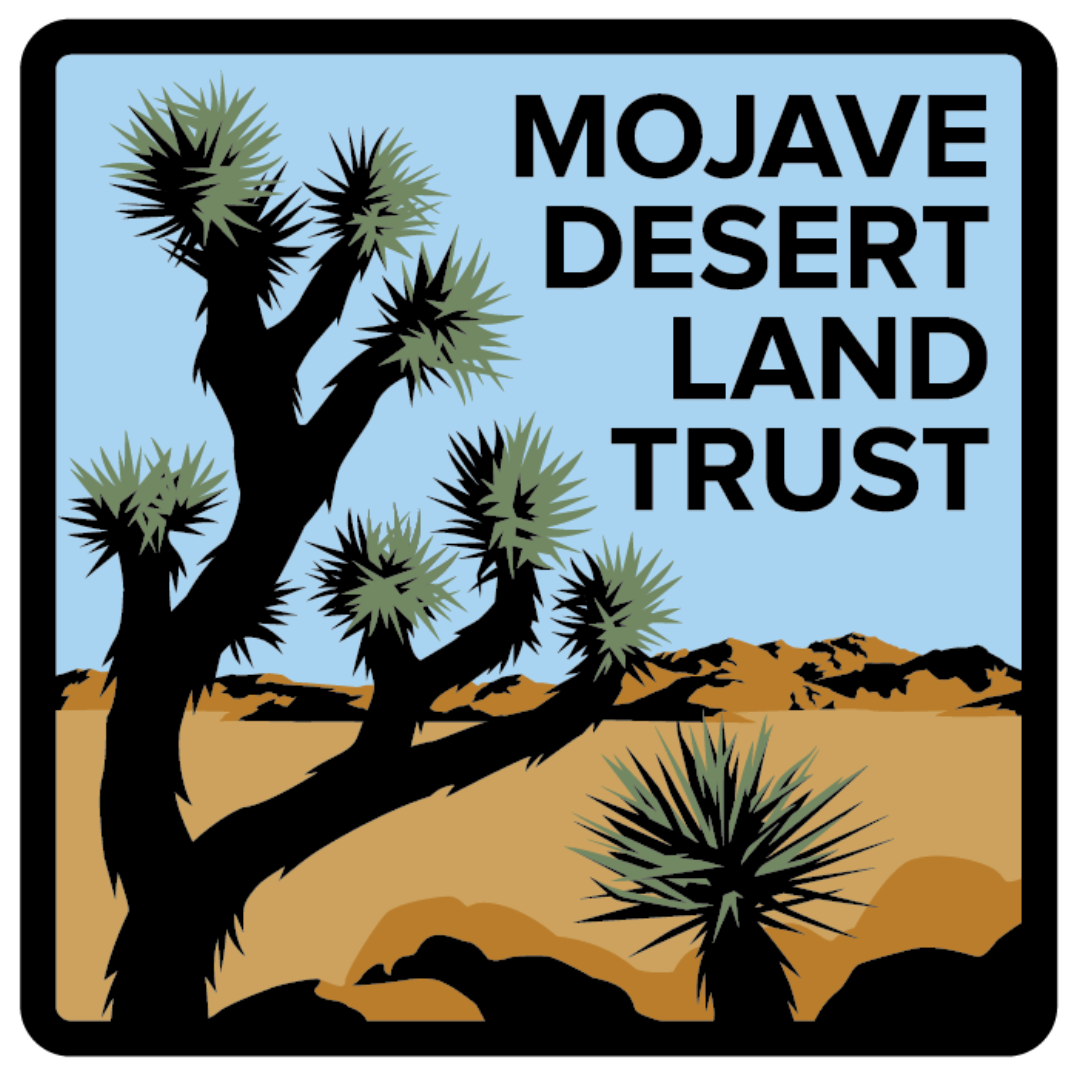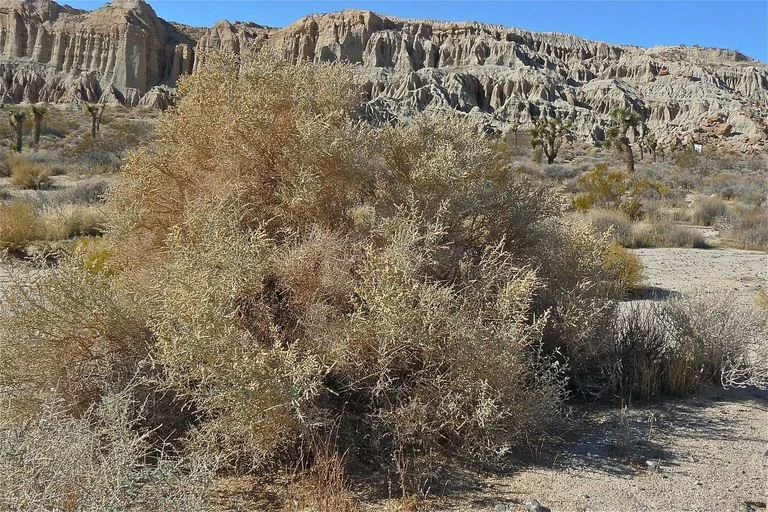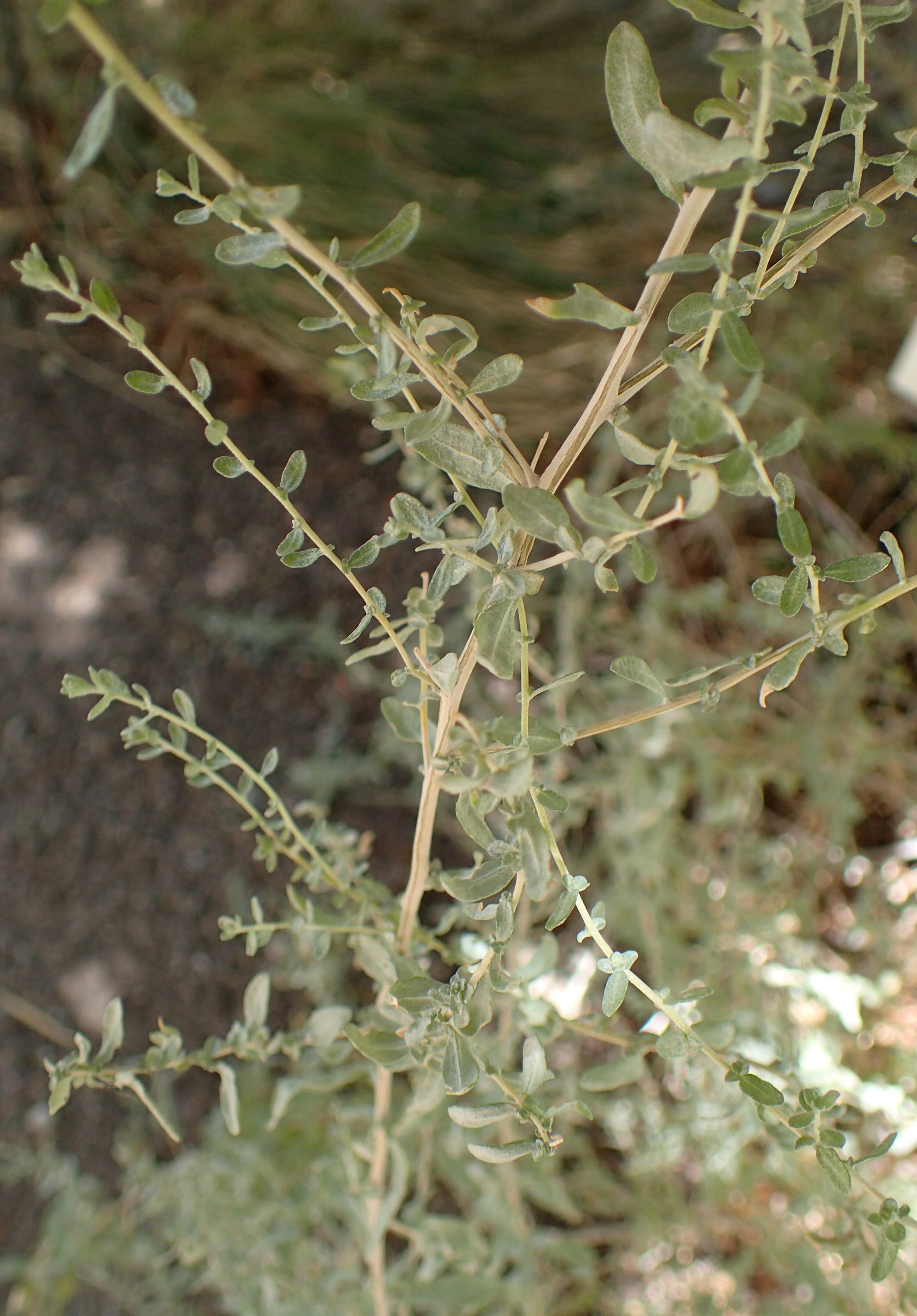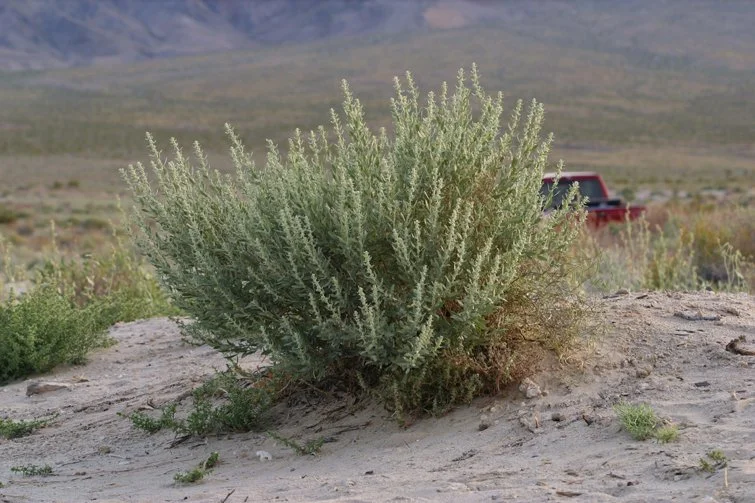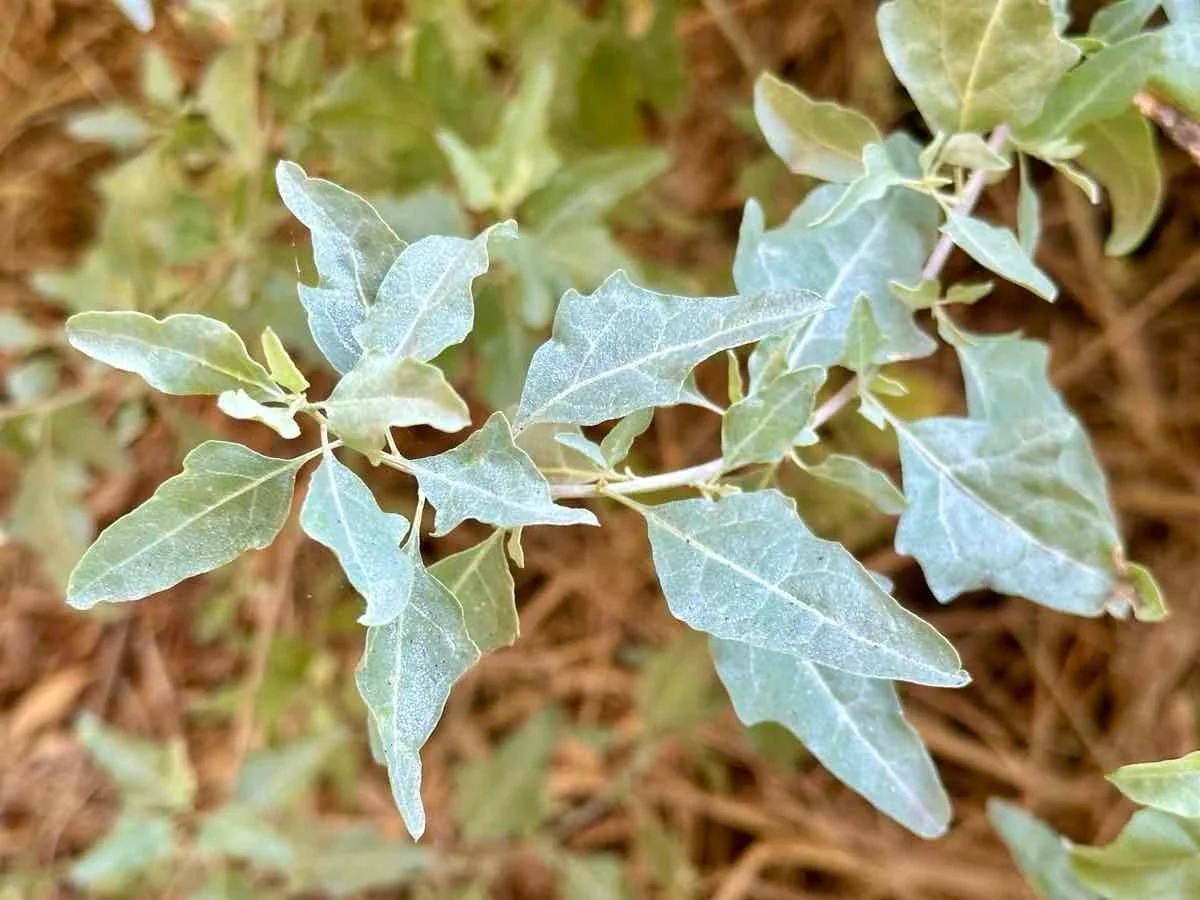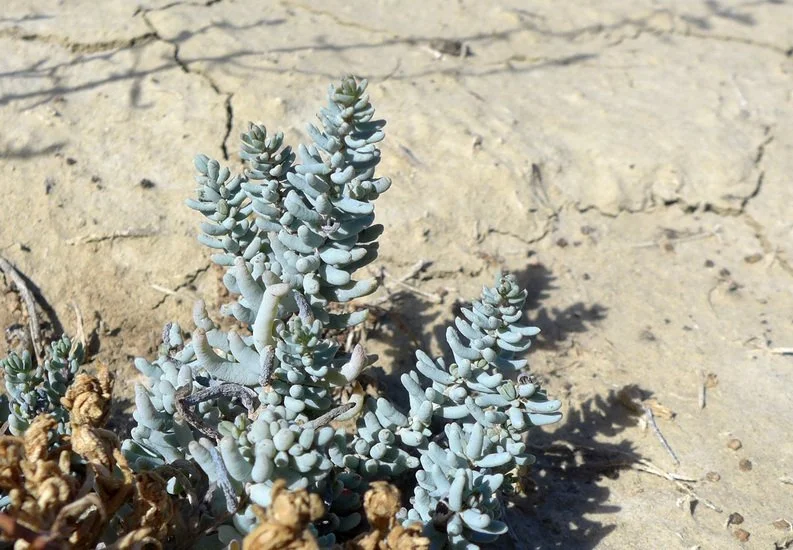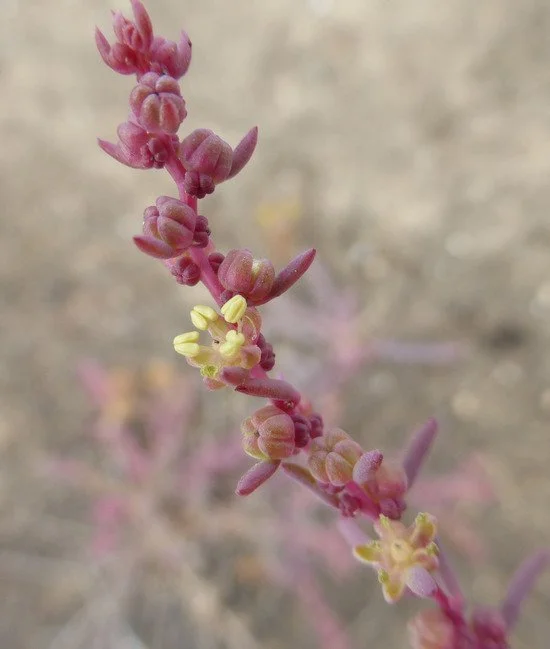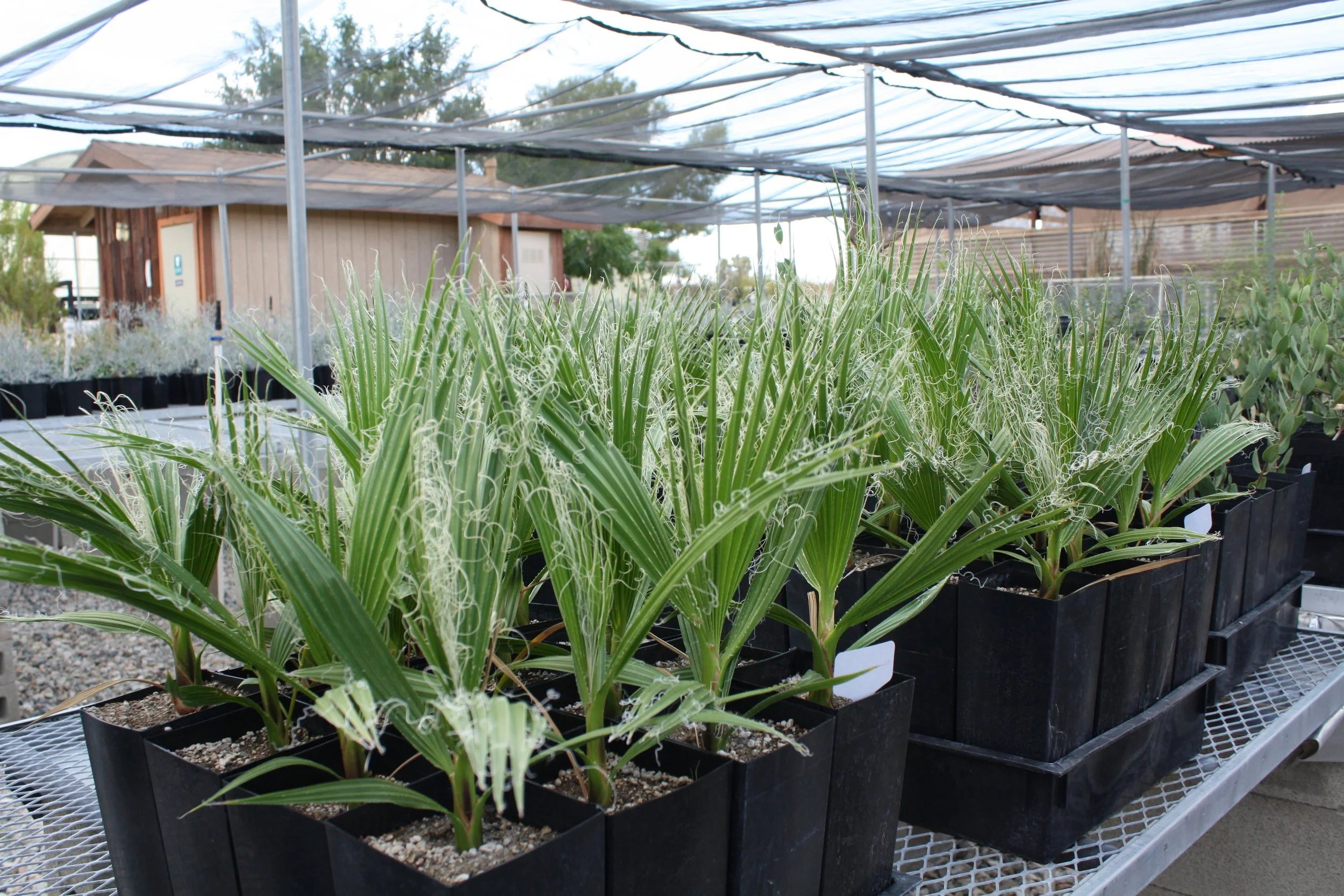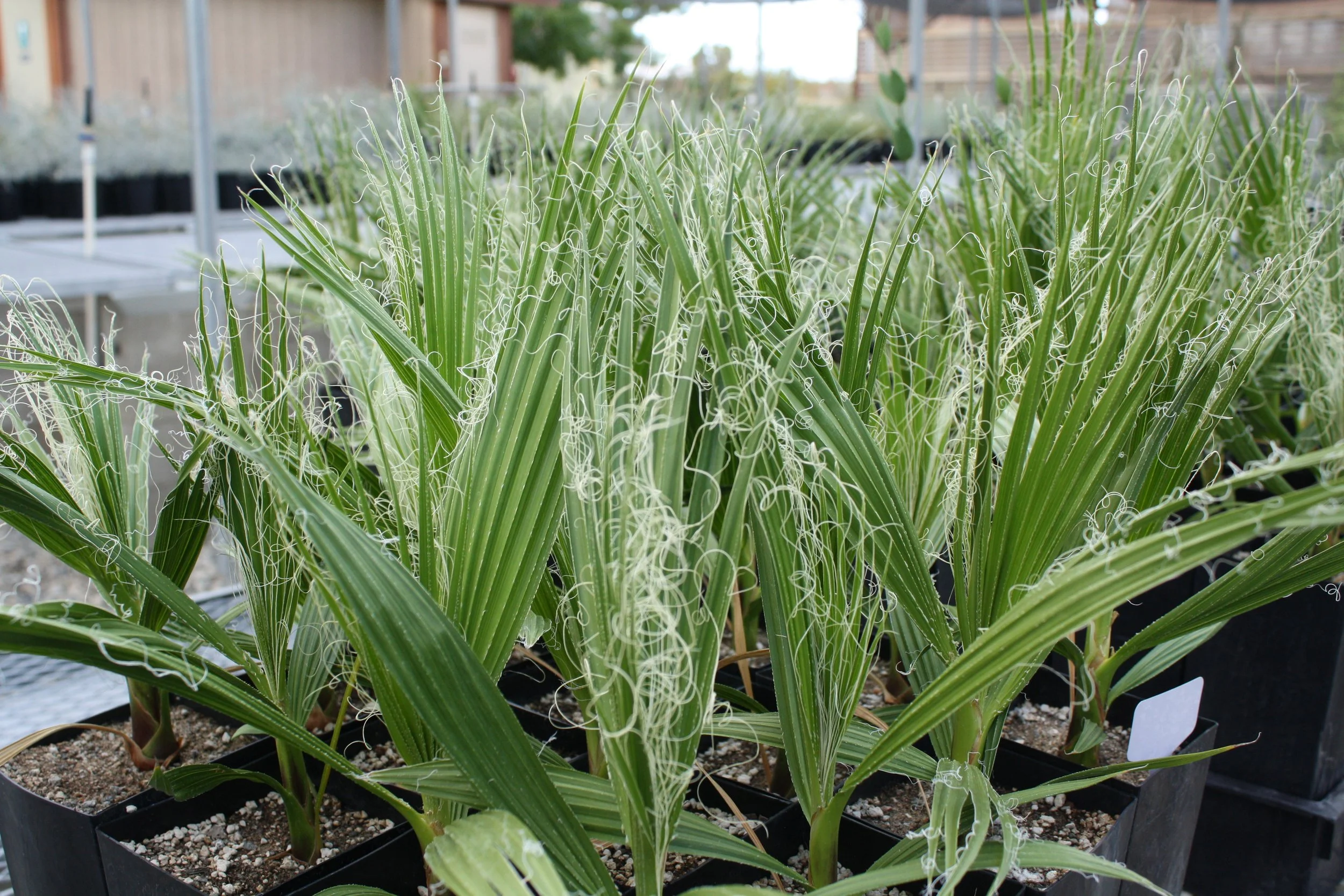 Image 1 of 2
Image 1 of 2

 Image 2 of 2
Image 2 of 2



Desert almond (Prunus fasciculata)
Mature size: 5-8’ H x 5-8’ W
Sun exposure: Full sun
Soil: Sandy or gravelly
Water use: Low
Cold hardy to: 10 degrees F
Flowers: Pale yellow in late winter/early spring
Native to: California; Utah, Baja California
Elevation: Up to 5,900’
Desert almond is a thicket-forming shrub with impenetrable branches. From March to May, it produces numerous fragrant white to pale yellow flowers followed by fuzzy fruits. Plants are dioecious, meaning they produce either male or female flowers. Only plants with female flowers are capable of producing the almond-like fruits. These are eaten by antelope ground squirrels and other wildlife. The dense branches provide protective cover for quail, thrashers, and other birds. Desert almond is also a host plant for the western tent moth caterpillar.
WARNING: Seeds are toxic in large quantities.
Mature size: 5-8’ H x 5-8’ W
Sun exposure: Full sun
Soil: Sandy or gravelly
Water use: Low
Cold hardy to: 10 degrees F
Flowers: Pale yellow in late winter/early spring
Native to: California; Utah, Baja California
Elevation: Up to 5,900’
Desert almond is a thicket-forming shrub with impenetrable branches. From March to May, it produces numerous fragrant white to pale yellow flowers followed by fuzzy fruits. Plants are dioecious, meaning they produce either male or female flowers. Only plants with female flowers are capable of producing the almond-like fruits. These are eaten by antelope ground squirrels and other wildlife. The dense branches provide protective cover for quail, thrashers, and other birds. Desert almond is also a host plant for the western tent moth caterpillar.
WARNING: Seeds are toxic in large quantities.
